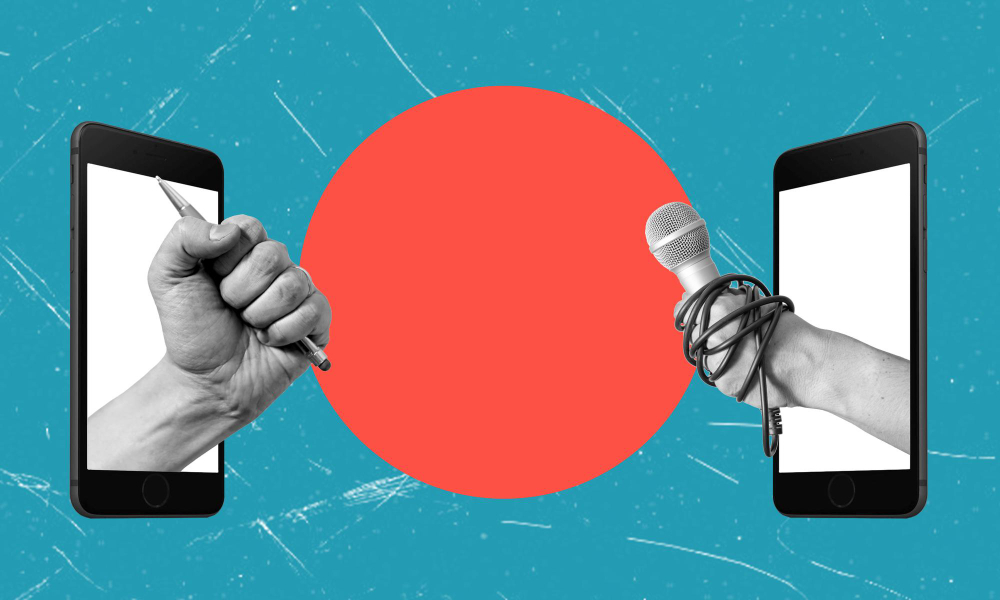The evolution of art has always been intertwined with technological advancements. From the invention of the paintbrush to the development of photography, each innovation has expanded the boundaries of artistic expression. Today, digital art stands at the forefront of this evolution, with artificial intelligence (AI) and advanced software reshaping how we create, view, and interact with art. This blog explores how these technologies are redefining traditional art forms, bridging the gap between the old and the new.
The Rise of Digital Art
Digital art is a broad term encompassing any artwork created or manipulated using digital technology. Over the years, it has evolved from simple pixelated graphics to highly sophisticated creations that rival traditional mediums in complexity and emotional depth. Tools like Adobe Photoshop, CorelDRAW, and Procreate have empowered artists to explore new dimensions of creativity, enabling precision and versatility that were once unimaginable.
The rise of digital art has also democratized the creative process. Aspiring artists no longer need expensive materials or studio spaces to express themselves. A tablet or computer can serve as a canvas, opening up new opportunities for anyone with a creative spark.
The Role of AI in Art Creation
Artificial intelligence has added a new layer of complexity and intrigue to digital art. AI algorithms, such as those found in programs like DALL-E, DeepArt, and Runway ML, can analyze vast datasets of existing artworks to generate original pieces. These tools can mimic styles, suggest improvements, or even create entirely new forms of art.
AI-driven art challenges traditional notions of authorship. When a machine generates a painting, who is the artist? The programmer? The AI? Or is it a collaborative effort? These questions push the boundaries of how we define creativity and artistic ownership.
One notable example is the portrait “Edmond de Belamy,” created by the Paris-based art collective Obvious using a generative adversarial network (GAN). The piece was auctioned at Christie’s for $432,500, sparking global discussions about the value and authenticity of AI-generated art.
Bridging Traditional and Digital Mediums
While digital art might seem to exist in opposition to traditional forms, many artists are finding ways to blend the two. Hybrid techniques combine physical and digital processes, such as scanning hand-drawn sketches to enhance them digitally or using 3D printing to bring digital sculptures to life.
For instance, artists can now use software like ZBrush to create intricate 3D models, which can then be printed and painted by hand. Similarly, augmented reality (AR) allows viewers to experience traditional artworks in immersive new ways, adding layers of interactivity and depth.
The Impact on Accessibility and Inclusivity
AI and software have made art more accessible than ever. Platforms like Canva and Figma enable individuals without formal training to create professional-quality designs. This accessibility has leveled the playing field, empowering marginalized voices and fostering a more inclusive artistic community.
Moreover, AI tools can assist artists with disabilities, offering adaptive technologies that cater to diverse needs. For example, voice-controlled software and eye-tracking tools enable individuals with limited mobility to create stunning artworks.
Challenges and Criticisms
Despite its transformative potential, the integration of AI and software in art is not without controversy. Critics argue that reliance on technology can diminish the human element of creativity. There are concerns about originality, as AI often relies on existing data to generate new works, leading to debates about plagiarism and intellectual property rights.
Additionally, the rapid pace of technological change can create a divide between those who can afford to keep up and those who cannot. This “digital divide” risks excluding talented artists from participating fully in the evolving art world.
The Future of Art in a Digital Age
The future of art lies in collaboration—between humans and machines, tradition and innovation, and physical and digital mediums. As technology continues to advance, we can expect even more groundbreaking developments:
- Virtual Reality (VR) and Augmented Reality (AR): Artists are already using VR and AR to create immersive experiences that challenge conventional definitions of art.
- Blockchain and NFTs: Non-fungible tokens (NFTs) have revolutionized digital art by providing a way to authenticate and monetize digital creations.
- Personalized AI: Future tools may adapt to individual artists’ styles, offering tailored suggestions and enhancing creative workflows.
Conclusion
AI and software are not just tools; they are collaborators that expand the possibilities of artistic expression. While traditional art forms remain invaluable, digital art offers new ways to explore creativity, challenge conventions, and engage audiences. By embracing these technologies, we can preserve the richness of traditional art while paving the way for innovative forms of expression.
The journey of art is one of continuous evolution. As we navigate this digital age, the intersection of technology and creativity promises to redefine what it means to be an artist, ensuring that the canvas of the future is boundless.




0 Comments